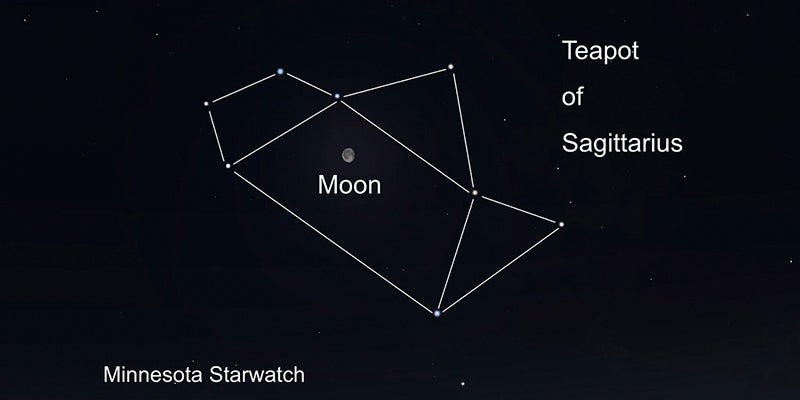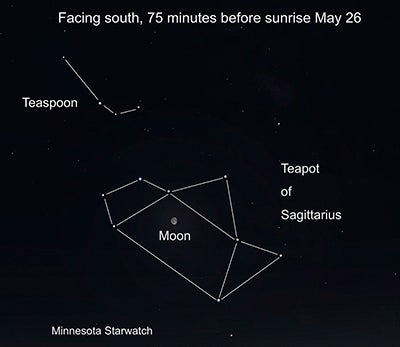StarWatch: Spring constellations will move into the skies
Published 7:32 pm Tuesday, April 23, 2024

- Graphic provided
|
Getting your Trinity Audio player ready...
|
By Deane Morrison
In May the evening sky ushers out the bright winter stars and nudges Leo, the lion—the most prominent spring constellation—toward the western exit. Nightfall comes late, but when it does it reveals the second and third brightest stars in our night sky.
High in the southeast blazes Arcturus, the brightest star in the northern hemisphere of sky. Only marginally dimmer, brilliant Vega shines lower in the northeast to east. Both stars climb throughout the month, along with their constellations. At 37 light-years distant, Arcturus anchors kite-shaped Bootes, the herdsman, while Vega, at 25 light-years, dominates the small constellation Lyra, the lyre.

Graphic Provided
In the second half of May, Spica—the only bright star in Virgo, the maiden—will be almost due south at nightfall, below and slightly west of Arcturus. Spica contains two stars, both larger than the sun, separated by just 11 million miles, or 12 percent of Earth’s distance from the sun. These stars orbit their common center of mass in just four days. It’s thought that their intense mutual gravity deforms both stars into an egg-like shape.
The moon begins the month in the morning sky. Just before dawn on the 3rd, it appears close above the eastern horizon, to the right of Saturn. After beginning a new cycle on the 7th, it visits the Gemini twin stars on the 12th; Regulus, in Leo, on the 15th; and Spica on the 19th. The night of the 22nd to 23rd, May’s full moon traces a low arc across the sky.
The waning moon appears in the middle of the Teapot of Sagittarius in the predawn hours of the 26th. On the 31st it shines below Saturn, which is rapidly moving up and westward through the morning sky. Far to the lower left of the ringed planet, a barely visible Mars is slowly climbing as Earth gains on it in the orbital race.
The University of Minnesota offers public viewings of the night sky at its Duluth and Twin Cities campuses. For more information, see:
• Duluth, Marshall W. Alworth Planetarium: www.d.umn.edu/planet
• Twin Cities, Minnesota Institute for Astrophysics: www.astro.umn.edu/outreach/pubnight
• Check out astronomy programs, free telescope events, and planetarium shows at the
University of Minnesota’s Bell Museum: www.bellmuseum.umn.edu/astronomy
• Find U of M astronomers and links to the world of astronomy at: http://www.astro.umn.edu



